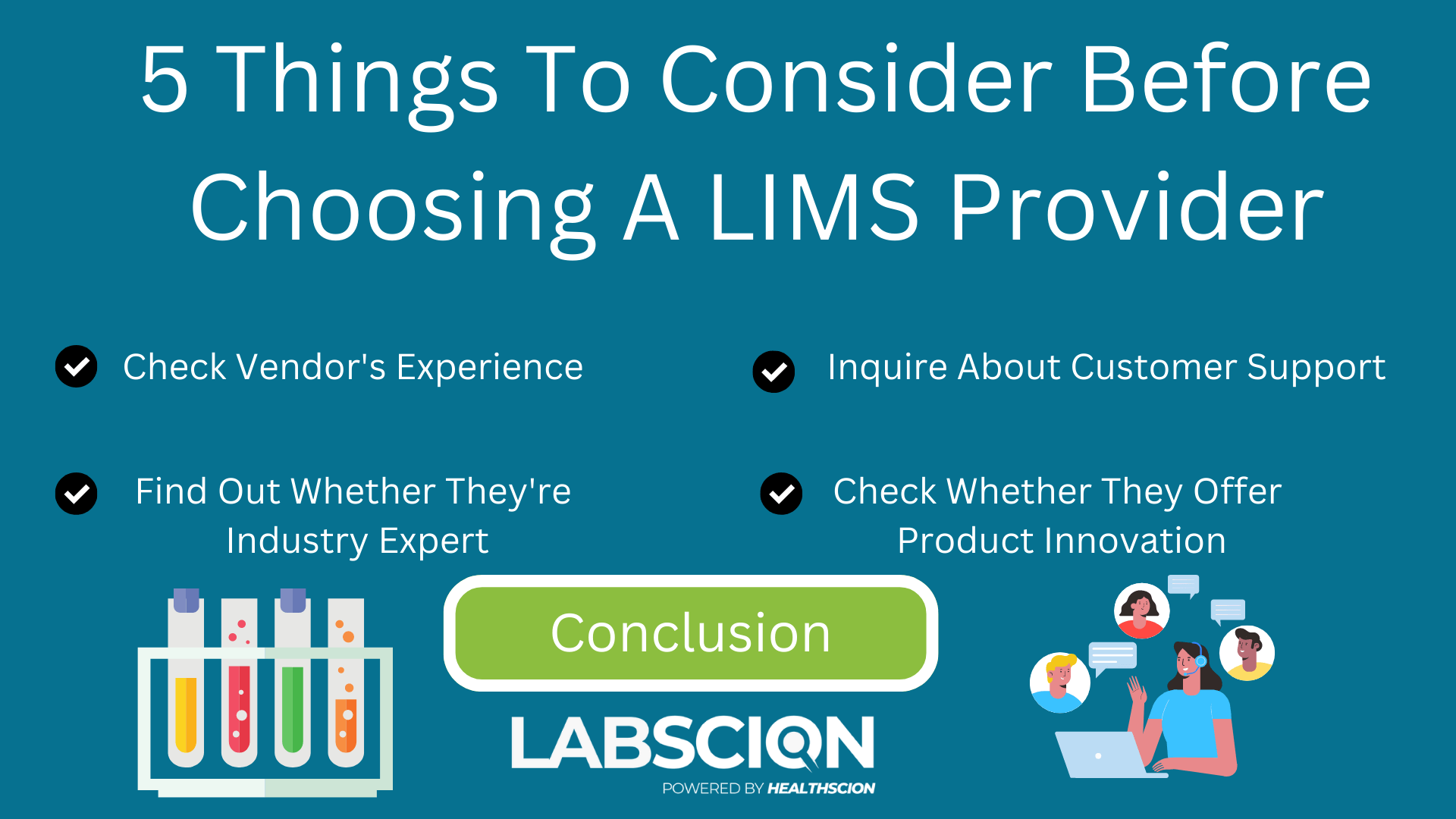Hey
×
.
.
.

The modern laboratory generates enormous volumes of data from several disparate sources that are all too frequently not connected, leading to data silos that thwart attempts at digital transformation. It ensures the success of a LIMS deployment. Both the quality and the amount of information are significantly improving as high throughput technologies are increasingly adopted.
At the same time, R&D collaborations are expanding and information is crossing organizational borders more often. Both small and large enterprises are faced with serious data management issues as a result of these new developments.
Implementing a Laboratory Information Management System (LIMS) as a tool to automate business operations and data gathering connected with laboratory workflows is one of the most popular options for handling these difficulties.
The ideas outlined here will put you on the way to attaining the intended goals of your LIMS project, whether you are replacing a legacy platform or transitioning from a paper-based environment to a completely digital laboratory setting.
Know Your Requirements
A clear purpose in mind is essential for a project’s success, even though it may seem apparent. You may better comprehend the requirements of the new system and what success will look like by defining its goals. It’s crucial to recognize any shortcomings in your present system while also being aware of its strengths. Higher sample throughput, automated management reporting, and quick test result release are all examples of frequent objectives used to support a LIMS and direct management attention. But don’t forget to consider the innovative ways that LIMS might benefit your company.
Consider Your Needs Before Choosing LIMS
Following the requirements, you must do market research to find viable LIMS. Examine the options available in light of your needs, taking into account both functional and non-functional factors like your choice for an on-premises or cloud solution and your preferred method of payment. As you explore the many LIMS systems on the market, you will undoubtedly find a subset of them that fit your requirements and that you want to explore further.
Once you’ve narrowed your search to two or three providers, you should thoroughly assess their LIMS offerings:
Request a demo to examine the essential features you want in your system. Also, ask them to perform a small task so that you can know whether they can meet your specific requirements.
Inquire whether you can handle particular lab settings yourself or need technical assistance from their staff. If their involvement is necessary, inquire about their experience and consider the price.
Ensure Well-Planned Implementation
A seasoned LIMS installation project manager will guarantee efficient project controls while overseeing process development, stakeholder participation, governance, and project schedules.
Risk management should be part of the implementation strategy. The strategy should also include data migration and testing, with enough time set forth for each. In the majority of cases, it is also advantageous to migrate data at an early stage of implementation rather than after the system has been set up and tested.
Making plans for unanticipated events is also advantageous. Ensure that everyone involved has received the LIMS implementation strategy promptly. When lab systems will go offline and the new LIMS will be available should both be included in this communication. Data backup procedures, as well as testing and verification procedures, should be detailed.
Train Staff of Your Lab
So you have implemented LIMS, but nobody in your lab knows how to operate it. Will it be of any help? Of course not! So when you finalize the vendor make sure to arrange a demo for your lab personnel. As a result, staff can receive training from experts who are familiar with their SOPs, and lab jargon, and can contextualize their inquiries.
Support from Vendor
There are several advantages to using a LIMS in your lab, including workflow automation, improved lab operations, and reduction in human error. However, since LIMS installation projects are substantial undertakings, it’s critical that you have the appropriate expertise, guidance, and practical support.

